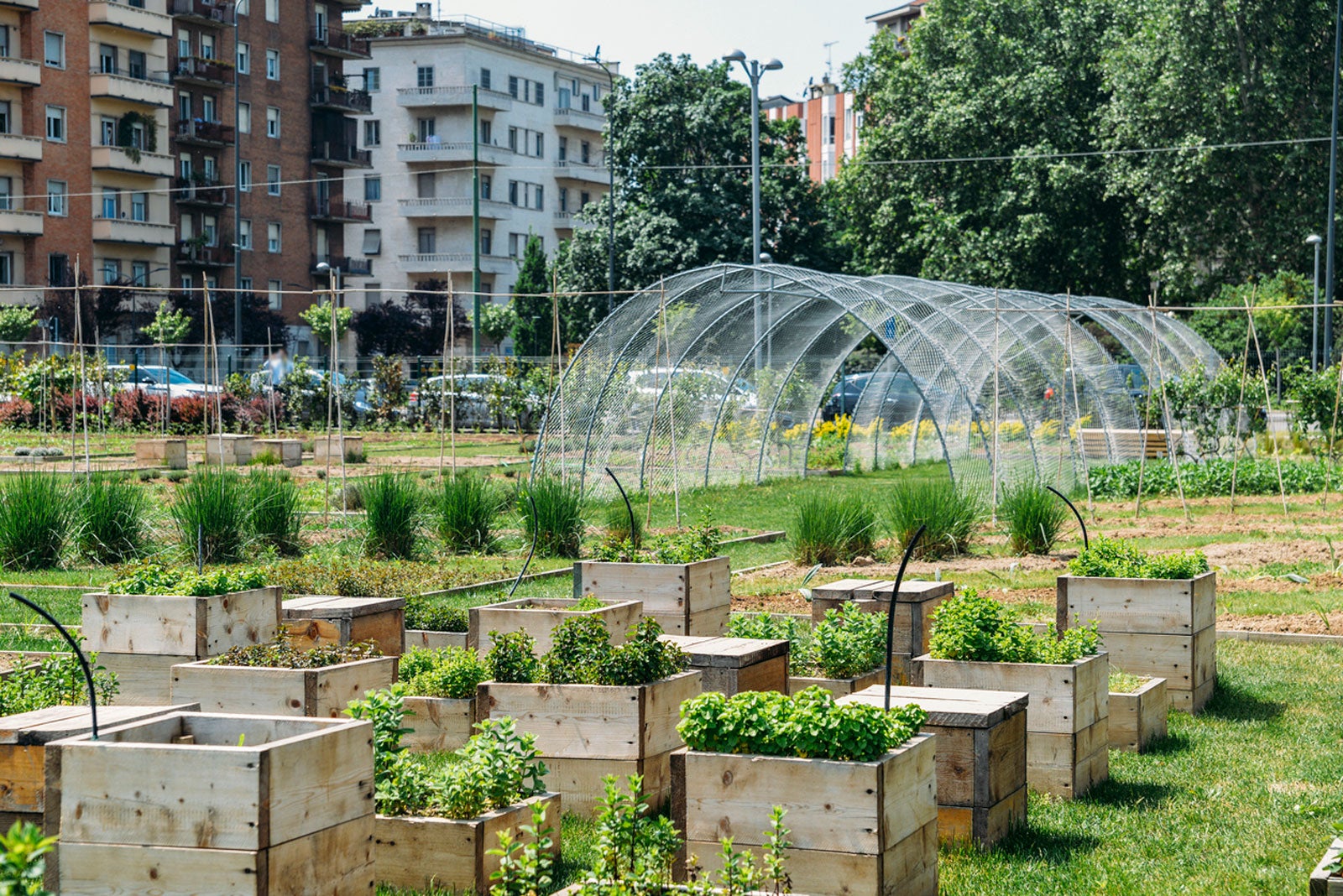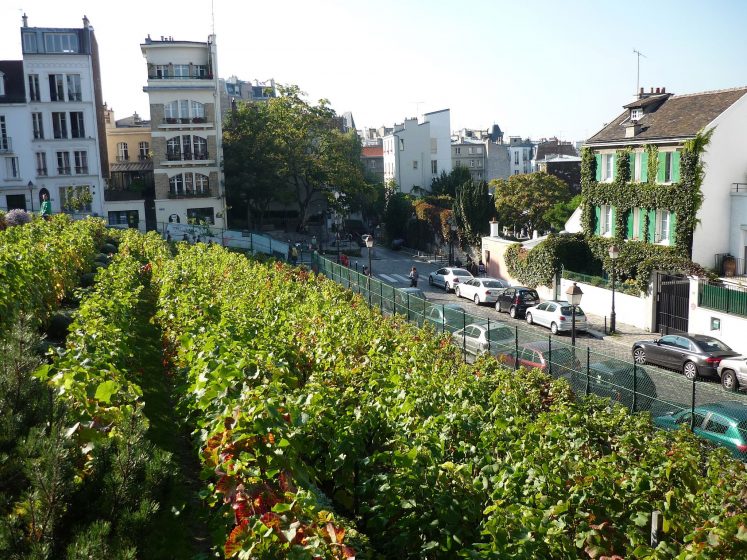The 5-Minute Rule for City Blooming
The 5-Minute Rule for City Blooming
Blog Article
The smart Trick of City Blooming That Nobody is Talking About
Table of ContentsExamine This Report on City BloomingRumored Buzz on City BloomingWhat Does City Blooming Mean?Our City Blooming StatementsWhat Does City Blooming Mean?
Intrigued in expanding food for sale in the City of Chicago? Below is a list of regularly asked questions relating to the guidelines and policies that cultivators must take into consideration when planning an urban farming project.
The zoning change does not change any type of other codes dealing with composting, building authorizations, purchasing or leasing City possessed home, service licenses or environmental contamination. There are existing codes that manage these issues and they stay completely result and might be suitable to your job. Neighborhood gardens are generally possessed or managed by public entities, civic companies or community-based organizations and preserved by volunteers.
Urban ranches expand food that is planned to be sold, either on a not-for-profit or for-profit basis. Due to their business objective, city farms call for a company certificate.
Little Known Facts About City Blooming.
The quantity of compost product can not exceed 25 cubic yards at any type of offered time according to the requirements in 7-28-715 of the City's Municipal Code. Due to the fact that the dirt at many brand-new garden sites needs changing, garden compost, soil, timber chips, or other products can be gotten to create or improve the expanding room.

If a structure permit is needed after that the hoophouse will certainly be thought about an accessory building. You can find out even more about the building license needs by speaking to the Division of Structures. The 25,000-square-foot size limitation is planned to avoid a single area yard from dominating a given block or interfering with the block's existing property or commercial character.
The limit does not put on yards situated in Public Open Room (POS) districts. Can there be greater than one neighborhood yard that is 25,000 square feet on a solitary block? Yes. The size restriction relates to specific gardens, not to individual blocks. No. Fencing is not required, however, gardens that have large parking lot might be needed to set up fence or other landscaping functions.
Not known Incorrect Statements About City Blooming
B1 & B2 districts call for that all commercial usage activities be carried out inside. Is secure fencing needed for city ranches? Fences might be required, along with landscaping and testing, for specific vehicle parking areas and exterior work or storage space areas depending on area and the certain activity taking place.
Yes. Urban ranches require structure permits and zoning approvals before construction. Various other forms of city review might be needed depending on certain structures, tasks, dimension, landscaping, licensing, public health and stormwater administration concerns. Much of these requirements are recognized in the task layout or permitting procedure, however, the applicant might be responsible to separately recognize particular licenses or allows that may be required.
Yes. The kind of license is figured out by what is occurring at the site. The Department of Service Matters and Customer Protection can aid determine the particular type of organization certificate that's required. Yes. Off street parking is needed for many business jobs in Chicago. The required variety of garage is based upon the number of employees dealing with site and not the square video footage of the growing area.
Some Known Factual Statements About City Blooming

An urban ranch can offer garden compost product generated on site, however, the procedure should conform with the policies in 7-28-715 of the Chicago Municipal Code. Aquaponic systems are permitted inside on metropolitan farms in lots of zoning districts.
Approximately 5 hives or nests of honey may be kept as an accessory use. Beekeepers should sign up with the Illinois Department of Agriculture. For more information concerning the proposed zoning amendment you might call the Department of Housing and Economic Advancement, Bureau of Planning and Zoning at 312.744.8563.
Farming in cities and urban locations A city farm in Chicago. Urban farming describes different methods of cultivating. https://www.evernote.com/shard/s416/sh/76427f1e-db42-71c3-1e07-e8ebfa2fefe5/AF51jmfHpNcDRC9u_dl3krlbzdyP7xITRgVg4ufD6qAMWS5gU0WOhxsSWA, processing, and distributing food in urban areas. The term likewise puts on the location tasks of animal husbandry, tank farming, beekeeping, and horticulture in a metropolitan context. Urban agriculture is distinguished from peri-urban agriculture, which happens in backwoods at the side of suburban areas.
Facts About City Blooming Uncovered
, that seek to develop social networks established on a common values of nature and area holism. These networks can establish by Resources way of official institutional support, ending up being integrated into local town planning as a "transition community" movement for lasting urban advancement.
Some of the initial proof of city agriculture comes from Mesopotamia.
Report this page